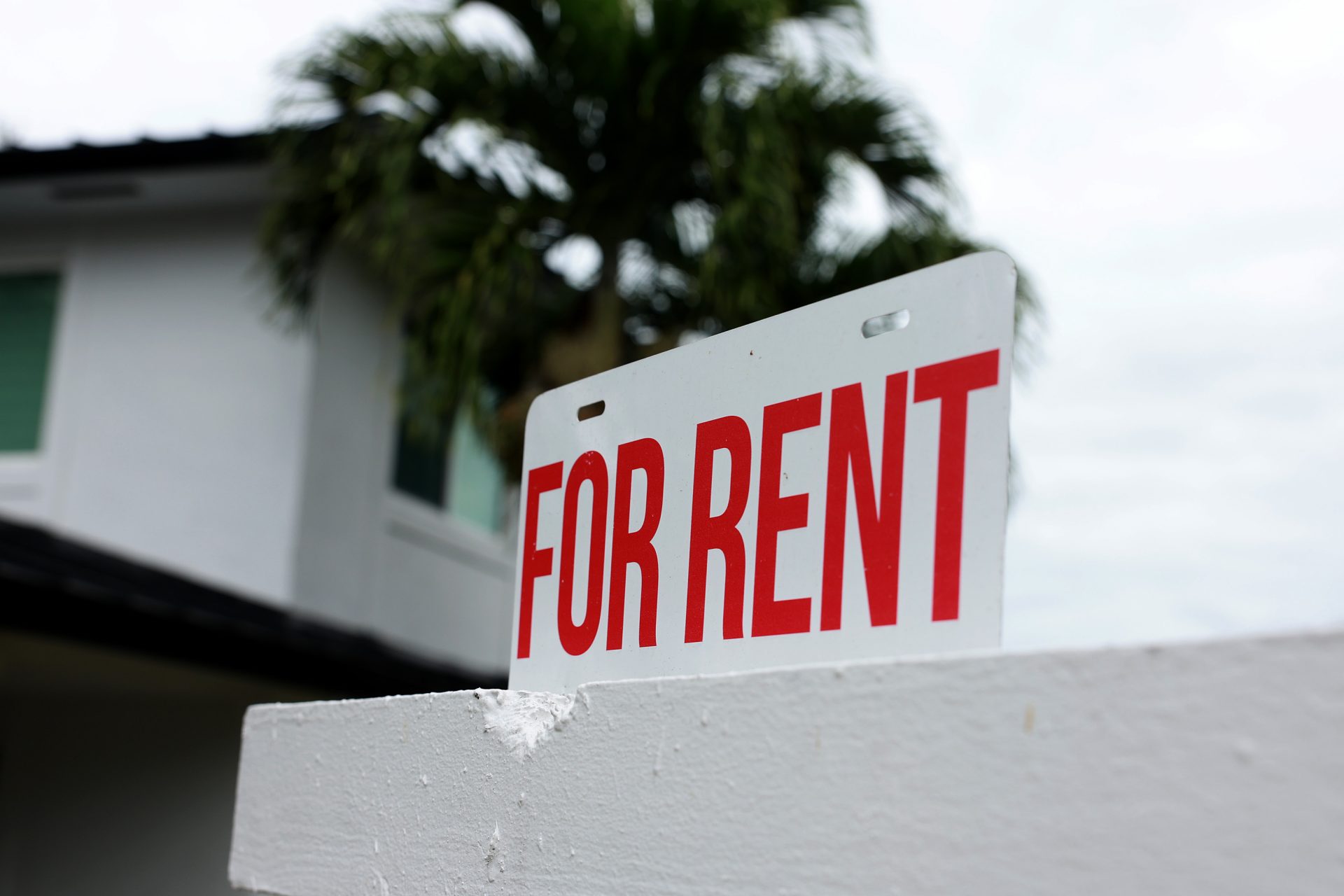Things just aren't made to last anymore! A look at planned obsolescence and its origin
Planned obsolescence is a term that refers to the useful life that the manufacturer gives to a product so that the customer, after a certain time, is obliged to renew it.
The objective of planned obsolescence is for the consumer to acquire a new product, similar or superior to the previous one and, thus, maintain a continuous flow of sales and benefits.
Photo: Unsplash - Alexander Gray
Planned obsolescence plays with various elements such as the fact that a repair is sometimes more expensive than a new product or the mere satisfaction of the consumer knowing that they have a newer product and, in most cases, better than the previous one.
Photo: Unsplash - Daniel Romero
This concept creates the psychological need in many consumers to want products they don't need, and there are several clear examples that quickly come to mind.
Photo: Unsplash - Melanie Pongratz
One of the big problems generated by mass consumerism caused by planned obsolescence is the current amount of waste and its consequences for the environment.
Many products that are discarded prematurely contain highly polluting elements and millions of tons, instead of being recycled, end up in countries with fewer resources where their environmental impact is multiplied.
Photo: Unsplash - Collab Media
Depending on the motivation for the purchase of a product, there are several types of planned obsolescence.
Photo: Unsplash - Daniel Romero
Function deprecation is when a manufacturer launches a product on the market that is clearly a big improvement on the previous model.
Photo: Pexels - Gabriel Freytez
Quality obsolescence is what leads the product to present malfunctions after a certain time.
Photo: Unsplash - Viktor Talashuk
Finally, the obsolescence of desirability is the one that embraces consumerism in its maximum splendor. When the customer buys a new product, for the mere fact of having the latest model and despite the fact that the previous one continues to work normally.
Photo: Unsplash - Vlad Tchompalov
The origin of planned obsolescence dates back to the 1920s, when the president of General Motors, Alfred P. Sloan, looked for a way to compete with his great rival, Henry Ford, whose Model T was topping sales in the United States.
Photo: Unsplash - Mateus Suski
Sloan based his strategy on a constant renewal of vehicles, with the aim of getting clients to change the one they already had for a more modern one, despite the fact that the other one was still working. The businessman played with the feeling of customer dissatisfaction for not having the best model available.
Photo: Unsplash - Tim Foster
It was in 1932, at the height of the Great Depression, when Bernard London, a real estate broker, suggested the countries economic troubles could be ended through planned obsolesce. London released a pamphlet titled, "Ending the Depression Through Planned Obsolescence," in which he suggested the government impose a legal obsolescence on personal-use items.
Photo: Unsplash - Erin Solheim
However, when talking about planned obsolescence, everyone looks at the light bulb industry. In 1924, the main manufacturers met in Geneva to create Phoebus, a conglomerate to share out the world lighting market.
Photo: Unsplash - Patrick Tomasso
Among other things, they agreed to reduce the standard duration of the light bulbs, going from the 2,000 hours that they lasted at the time, to 1,000 hours. The objective was obvious: to sell more. However, they also claimed that the bulbs of the time, after 1,000 hours, lost efficiency and used more energy.
Photo: Unsplash - Giorgio Trovato
Interestingly, another bulb, the famous Centennial Light, was used against Phoebus for decades. Located in the Livermore-Pleasanton, California fire station, this light bulb has been burning continuously since 1901. Since the last century, it has been a symbol against planned obsolescence, considered proof that it is possible to make products that last forever .
Photo: Centennial Bulb Web
More for you
Top Stories





























